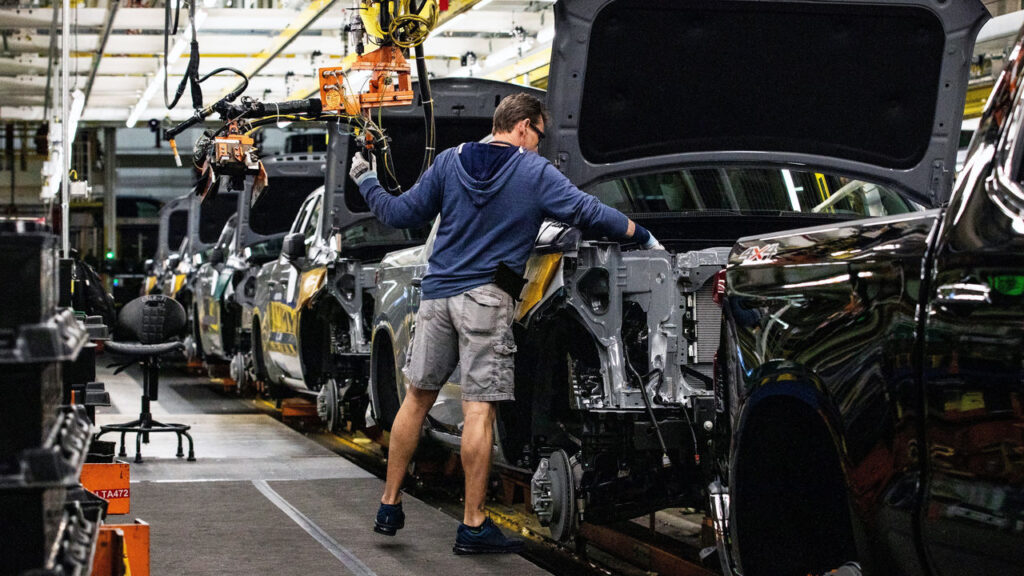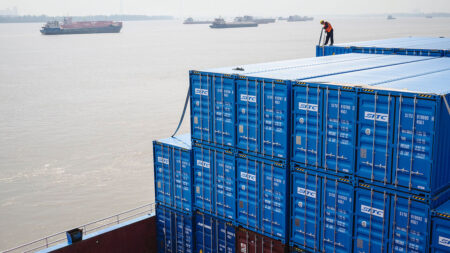On April 2nd, Donald Trump intends to enact extensive tariffs on imported goods, a move he has branded as “Liberation Day.” This announcement has stirred considerable debate regarding its potential impact on the economy and international trade relations. One week prior to this significant date, on March 26th, the President provided a glimpse into his plans specifically targeting the car industry, declaring his intention to impose substantial levies on imported automobiles and their components. His overarching goal is to revitalize American car manufacturing, an aspiration that echoes his administration’s broader economic agenda of prioritizing domestic industries.
The implications of these tariff measures are far-reaching and multifaceted. From the outset, it is crucial to understand that while these tariffs might aim to bolster the American automotive sector, they are likely to lead to increased costs for consumers. When tariffs are imposed on imported cars and parts, the immediate effect tends to be a rise in prices for these goods. This increase can deter consumers from purchasing new vehicles, as the affordability of cars may plummet under the weight of added tariffs. Consequently, American buyers could experience a narrowed choice in the market, as the variety of vehicles available to them diminishes alongside rising costs.
Moreover, the car manufacturers themselves face a challenging landscape amid these shifts. While the intention behind the tariffs is to “liberate” these companies from the scrutiny and competition of foreign automakers, the reality may prove to be quite the opposite. Domestic carmakers may initially benefit from reduced competition, but the increase in production costs stemming from restricted access to essential imported components could erode their profit margins significantly. As tariffs are applied across the board, manufacturers are likely to grapple with the economic fallout, where the costs of materials and parts surge, ultimately squeezing their operational profits.
It is essential to contextualize this approach within the broader framework of international trade. Tariffs have traditionally been used as tools to protect local industries, but they can also ignite trade tensions between nations. Should American tariffs provoke retaliatory measures from other countries, American industries beyond automotive—such as agriculture, electronics, and machinery—could find themselves in a precarious position, facing their own series of tariffs in response. This tit-for-tat escalation can lead to a protracted trade war, which might culminate in a downturn for multiple sectors of the economy, decreasing overall economic growth.
The political ramifications of Trump’s proposed tariffs are also noteworthy. The promise of restoring car manufacturing jobs is likely to resonate with specific voter demographics, particularly in states heavily reliant on the automotive industry. The potential for job creation in this sector could serve as a powerful narrative leading up to the next elections. However, the discontent of consumers facing rising car prices may lead to backlash, illustrating a significant juxtaposition between the administration’s goals and the everyday realities faced by citizens.
In summary, Trump’s upcoming tariffs on imported goods, prominently the automotive sector, reflect a strategic effort to reassert American manufacturing dominance. However, the impending consequences extend beyond national borders and into the wallets of consumers. As the automotive landscape changes, carmakers may find themselves in a complex scenario where intended liberation morphs into economic distress. Thus, while “Liberation Day” may hold the promise of a revived industry, it carries with it a host of challenges that warrant scrutiny and careful consideration. The unfolding narrative will undoubtedly be shaped by public response, market dynamics, and international trade relations in the ensuing months.









